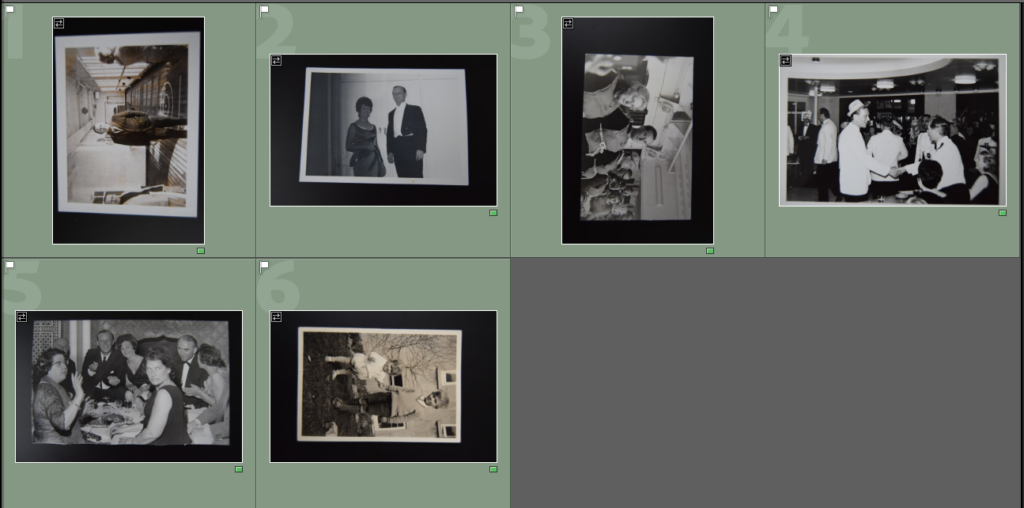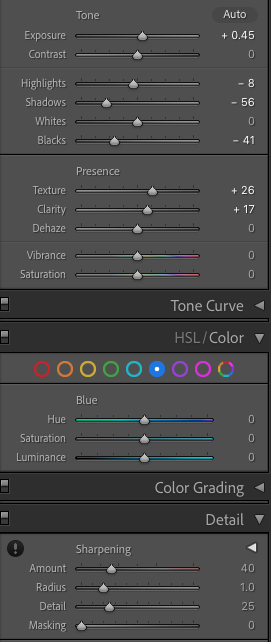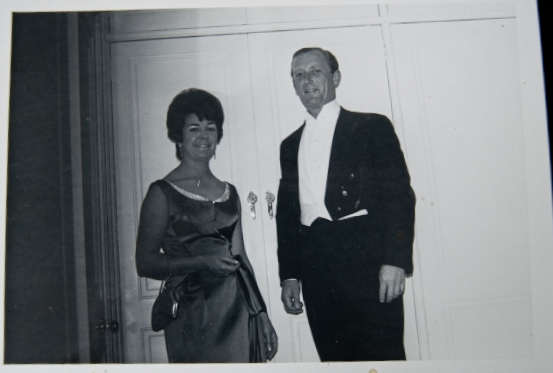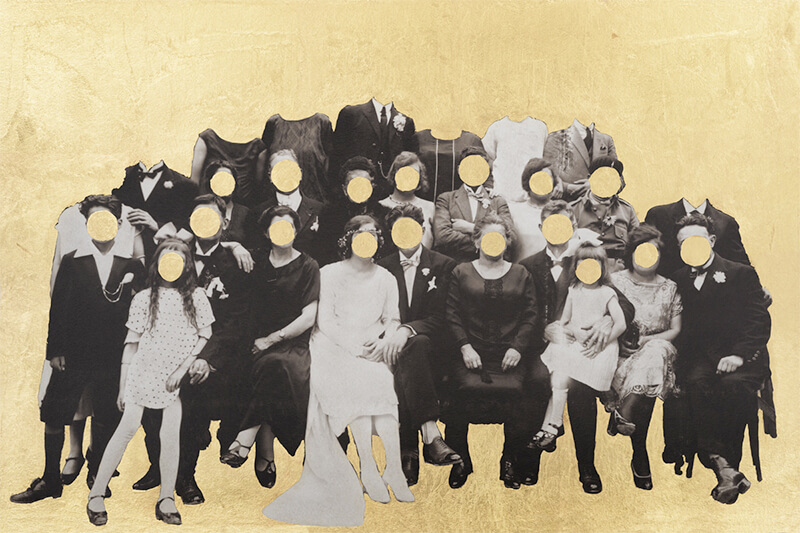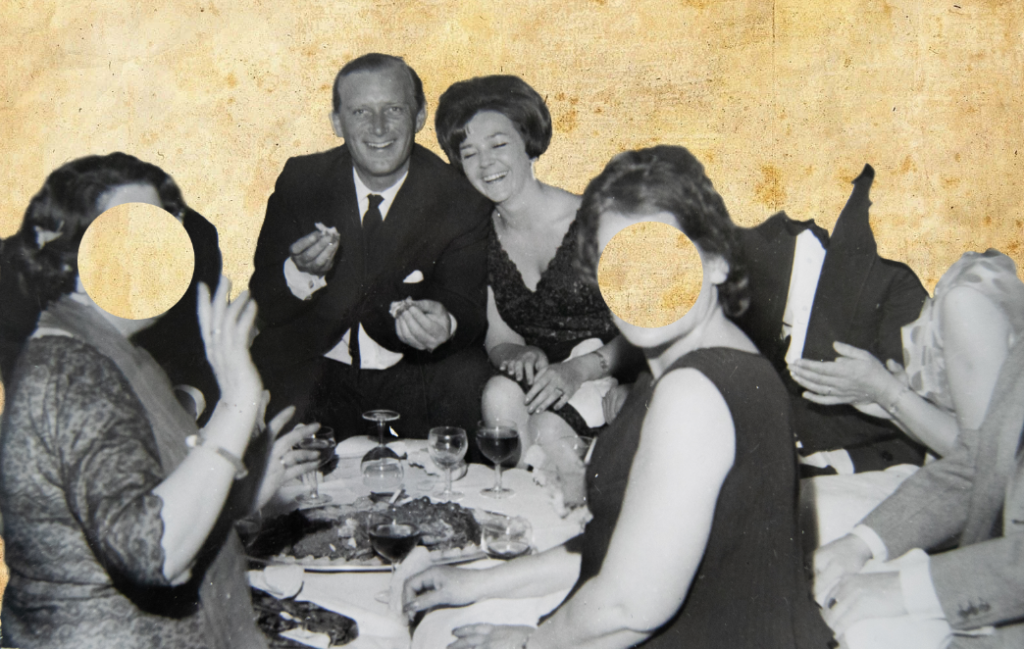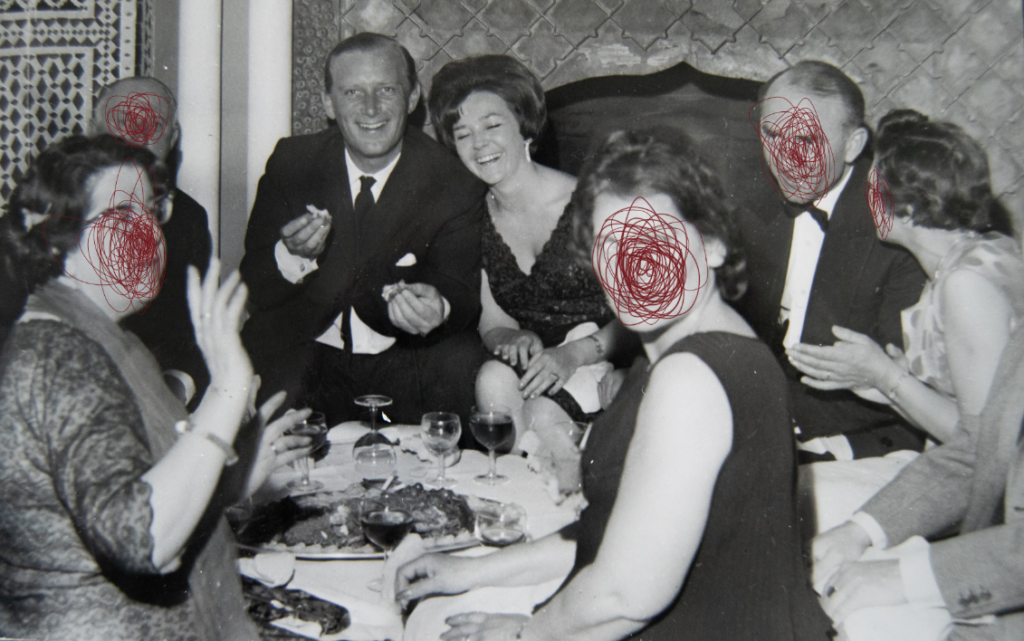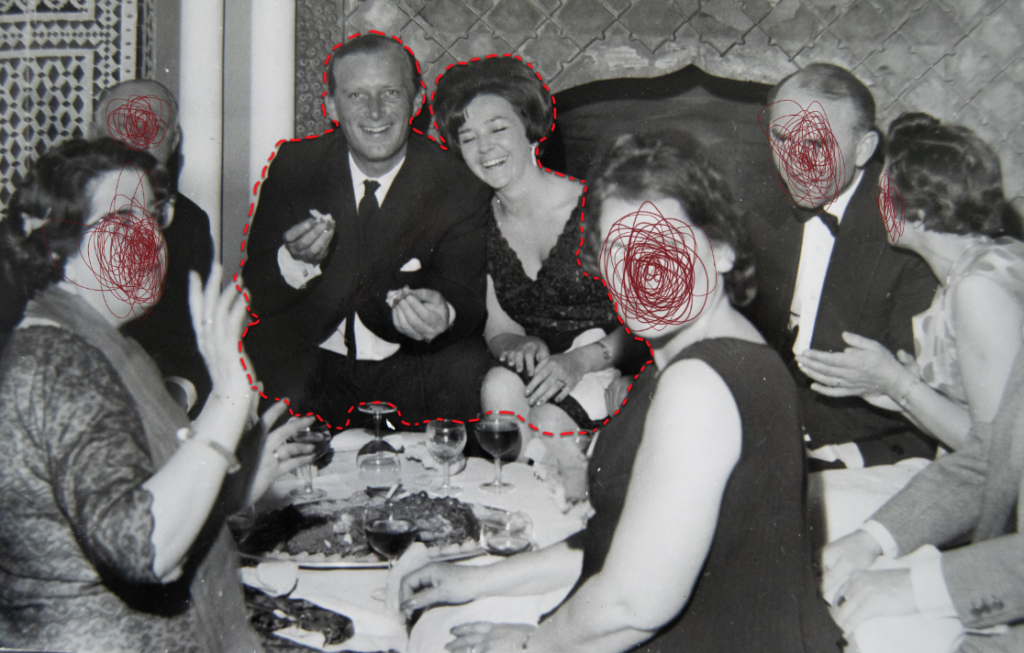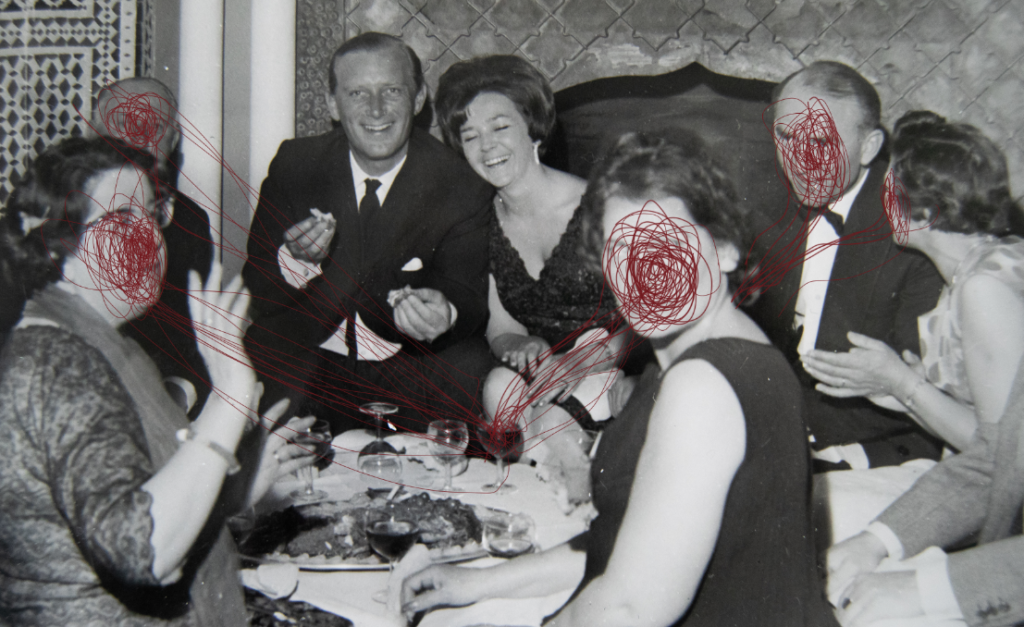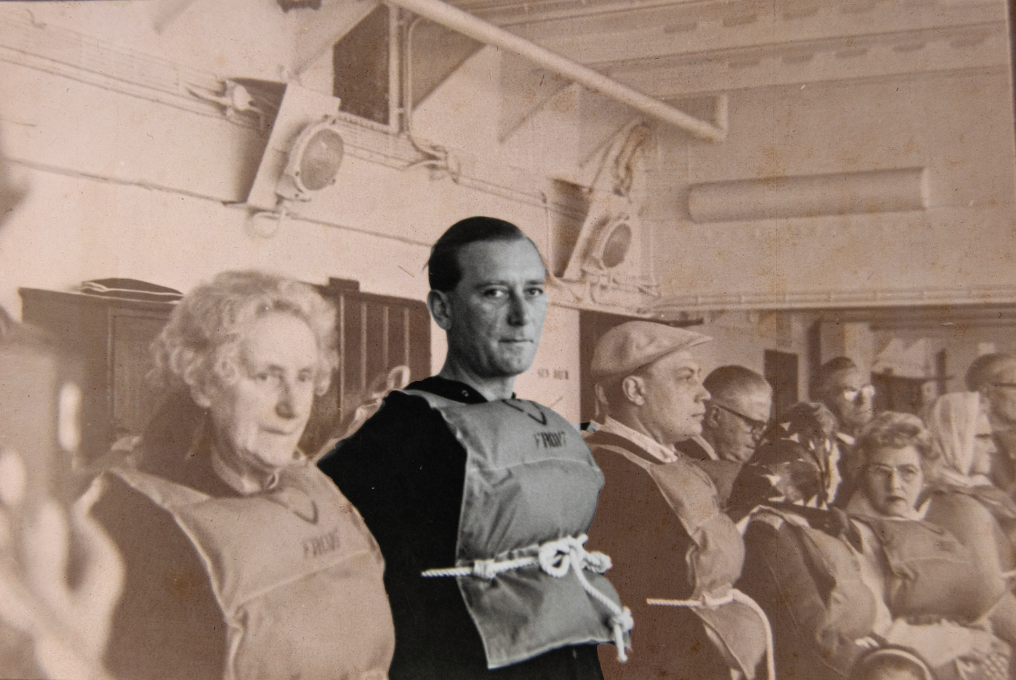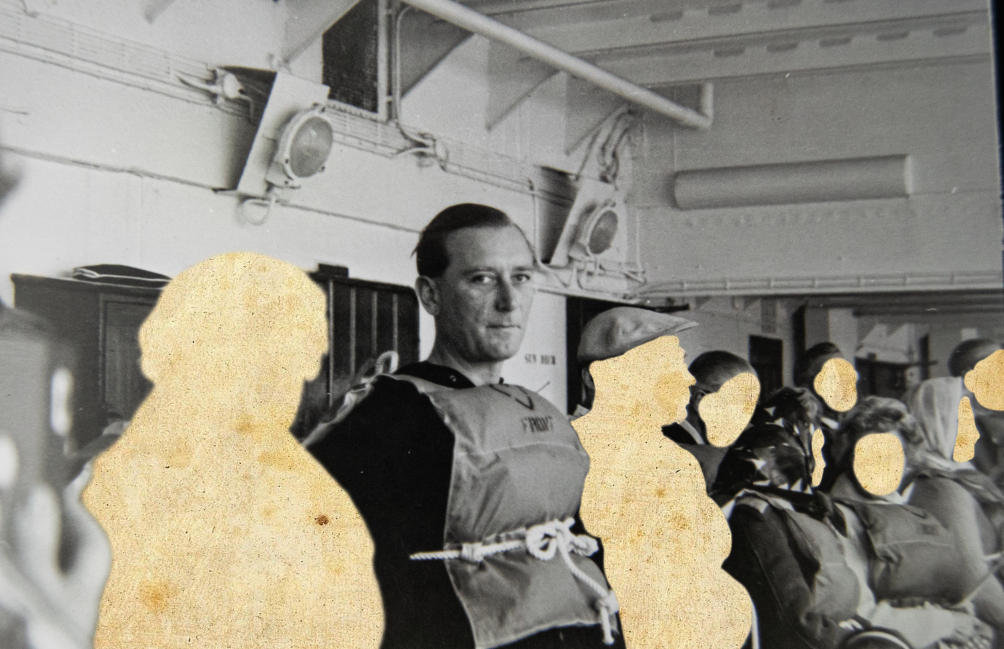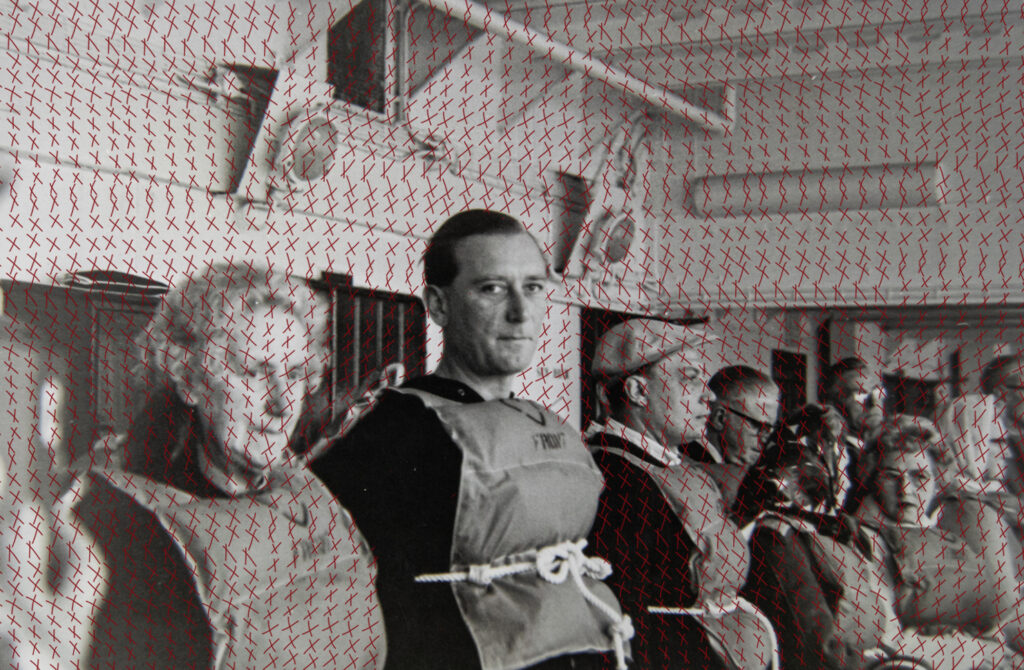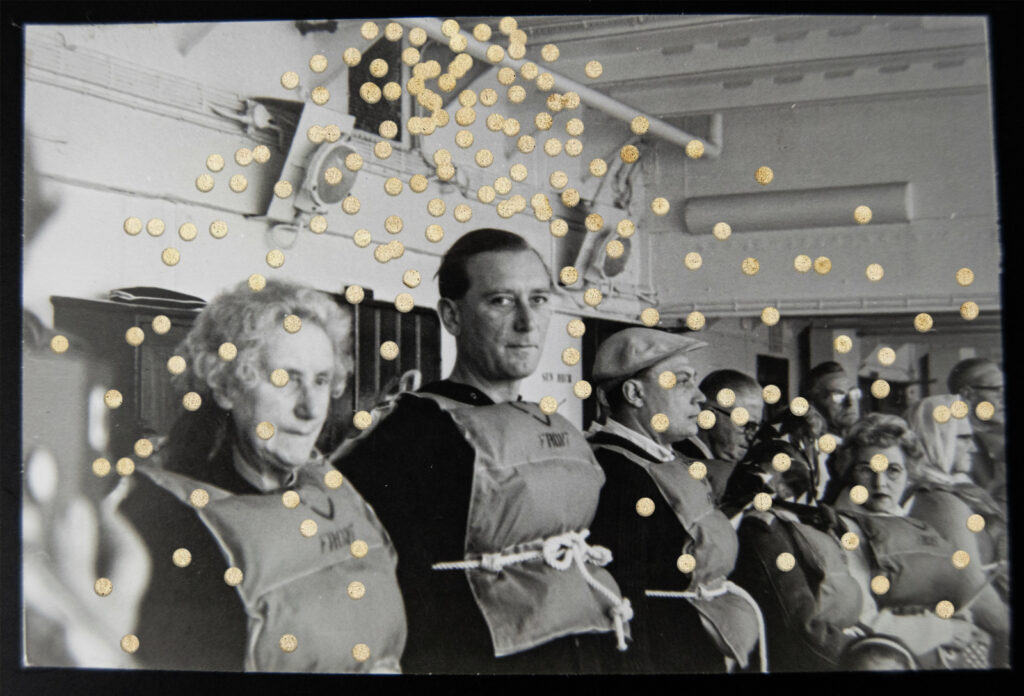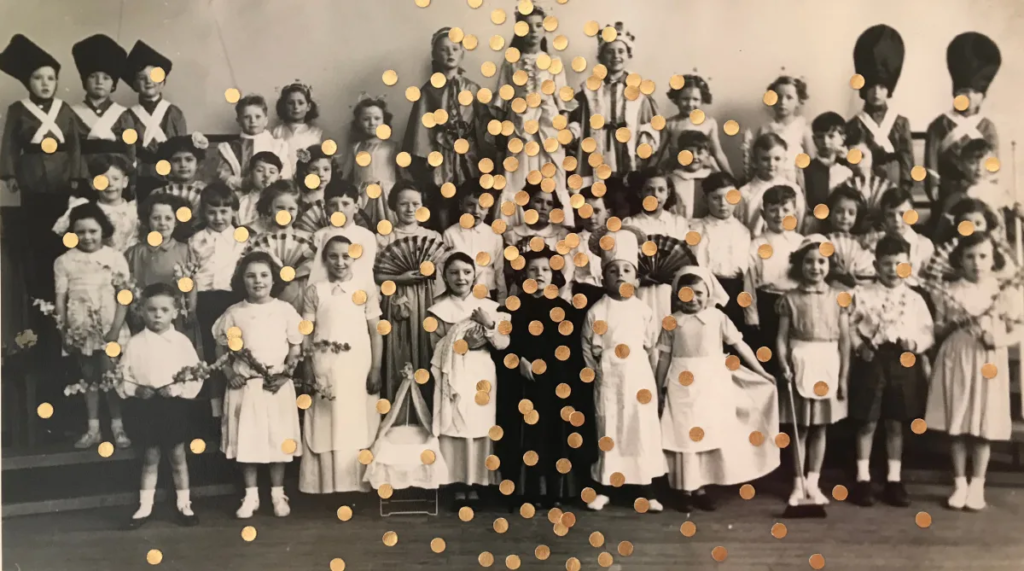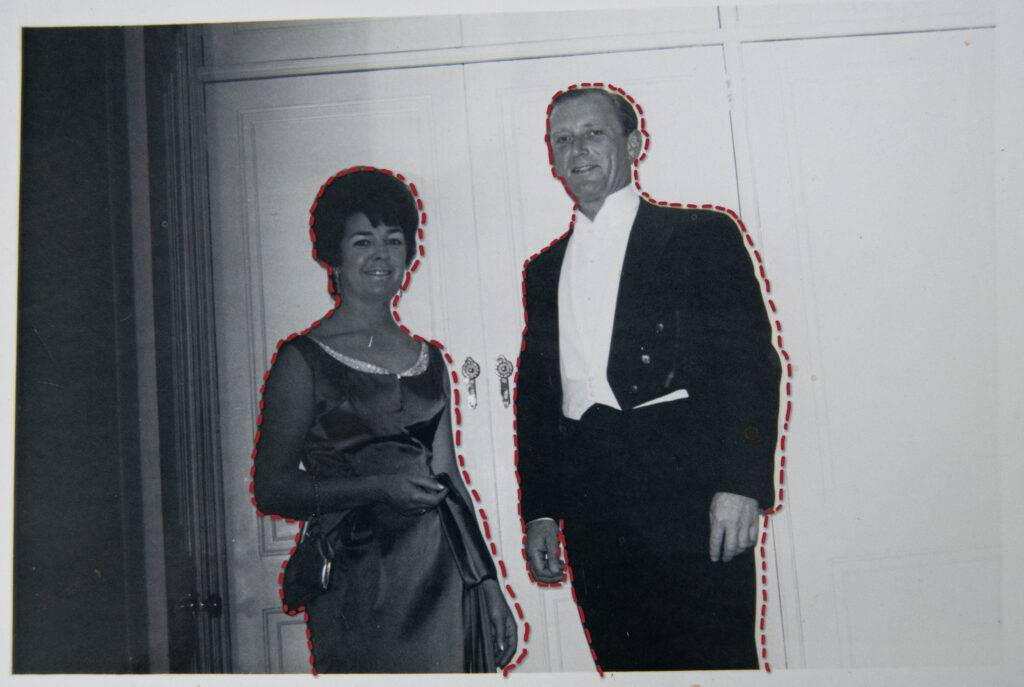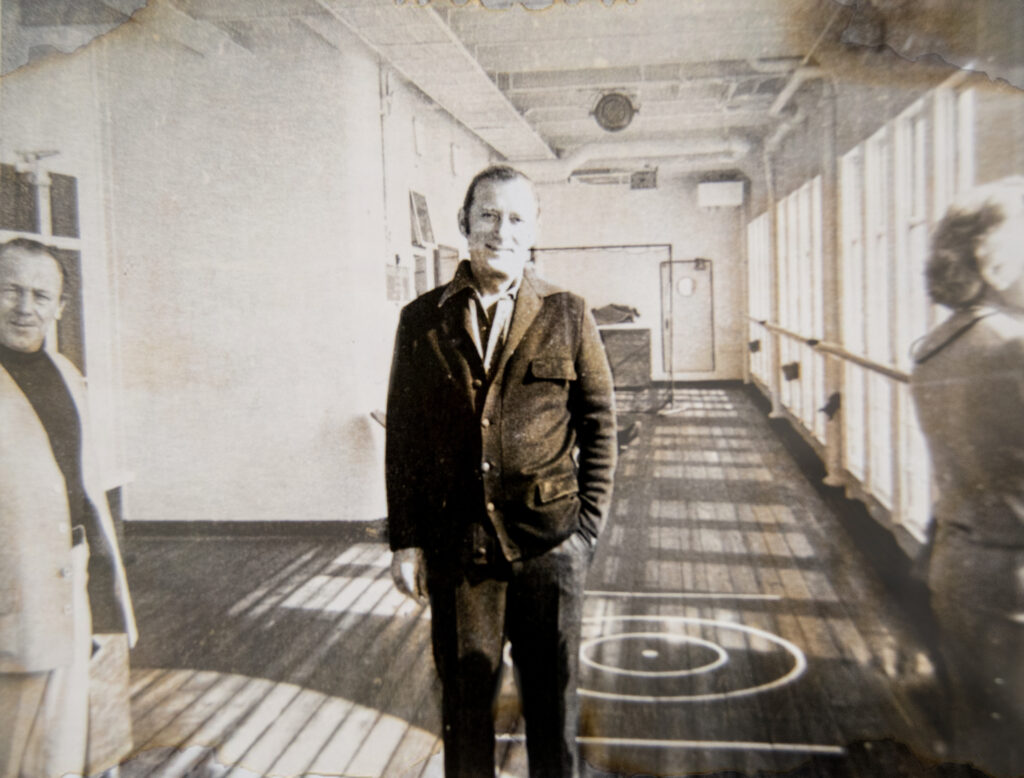

I spent a few days in the UK, and took it as an opportunity to photograph some graffiti in different cities. Norwich is a city covered in art instalments and graffiti, where I found myself taking the most images. The pedestrian underpasses, in particular, bore plenty of work from local artists and university students, hired by the council in most cases – otherwise, people had put their own work up, tagging the walls wherever they could find free space.

After sorting through my photos, I kept a small number of images that I felt could be edited to fit the style of Goodden’s work. The idea was to make the graffiti the focal point of each composition, by desaturating the rest of the image and increasing the saturation on the art itself. Because of this, it was difficult to find an image where the background was dull enough or where the graffiti was colourful enough to separate from the rest of the scene.
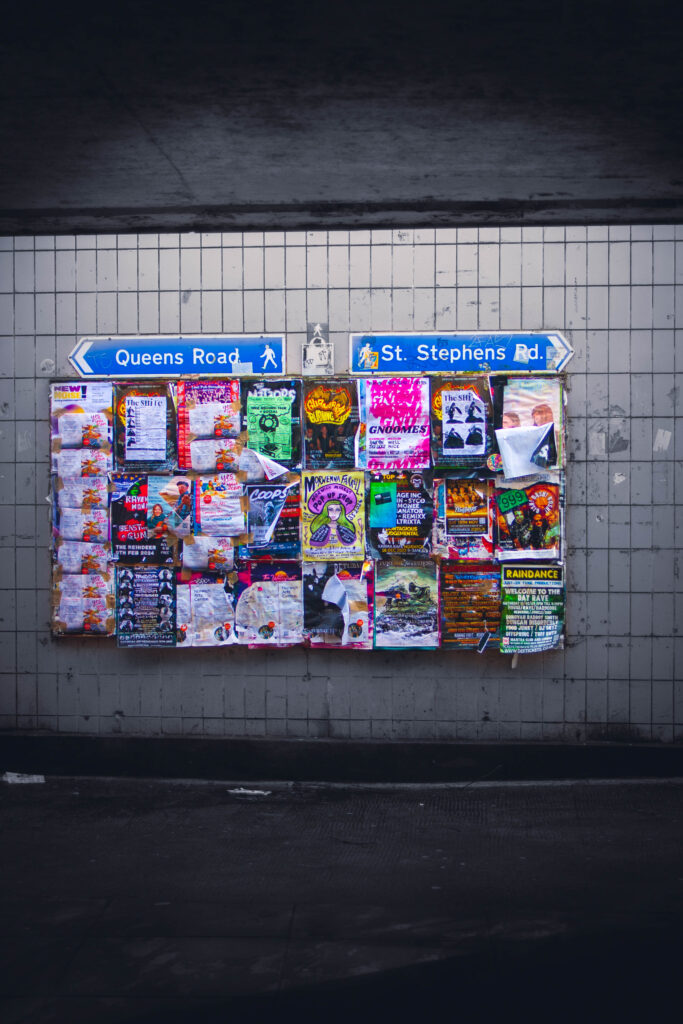
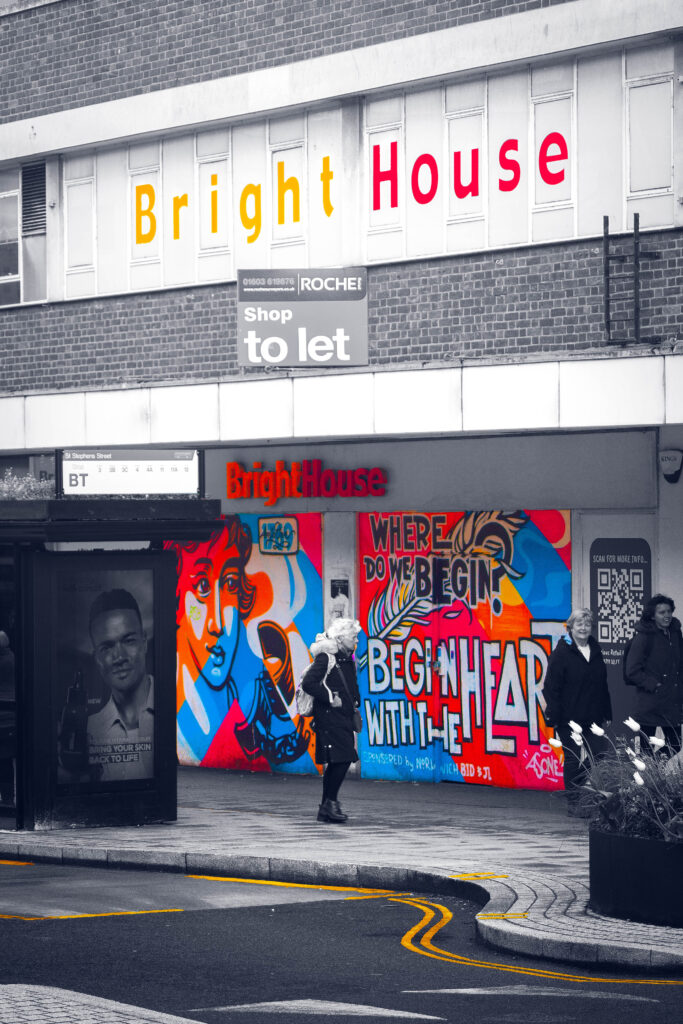
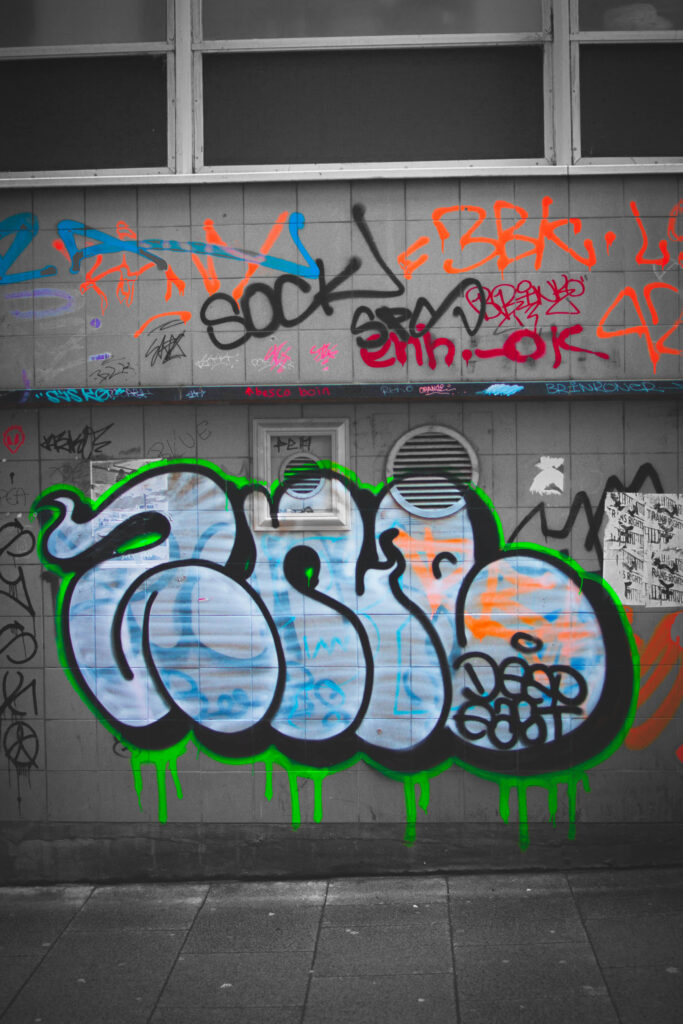
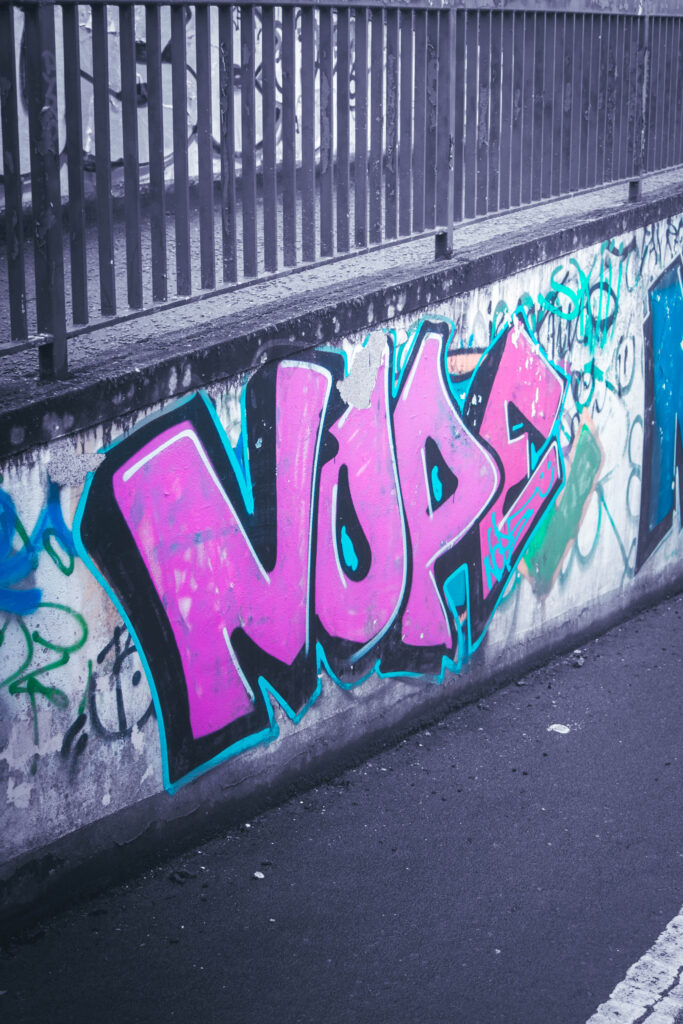
These were my final 4 images from this shoot. I ended up just using my images that I took in Norwich, as the other cities/areas I visited – Clapham, Brixton, Central London – I didn’t shoot from better angles and only used my phone as I passed by.


For this first image, I felt it would be easier to work with as I experimented with working out Goodden’s editing techniques, learning how to keep my focal point saturated whilst leaving the rest of the image in monochrome. I first adjusted the point curve of the photograph, increasing the output of the blacks to lighten the darkest areas of the composition, and lower the overall contrast, before completing any basic adjustments. I started with the image in black and white, so that I could see how the background would appear once desaturated, before moving it back into colour.


I didn’t want to overcomplicate the colour grading for this piece, as it would impact the entire image and I didn’t like the look of it. I adjusted the midtones toward blue slightly, which gave the image a soft blue tint when the monochrome filter was applied. I then calibrated the rest of the colours in the image, which I had more freedom with as it would only affect the noticeboard once the rest of the image was desaturated. I wanted to make the colours on the noticeboard more prominent, which I did by calibrating pinks and greens to a more saturated tone, which left me with these really nice neon colours on the noticeboard. I felt the neon colours were fitting as the noticeboard displayed a lot of advertisements for music events and concerts, often to do with the punk scene.



To finish off my composition, I added a vignette, and used the linear gradient tool to increase the strength of the light source, and to darken the darkest areas of the image, in order to create more contrast.



































































